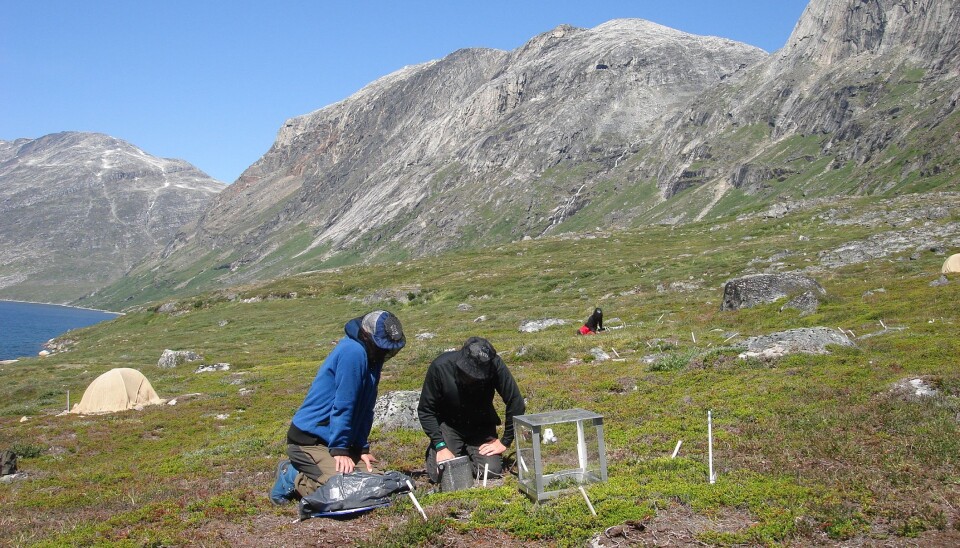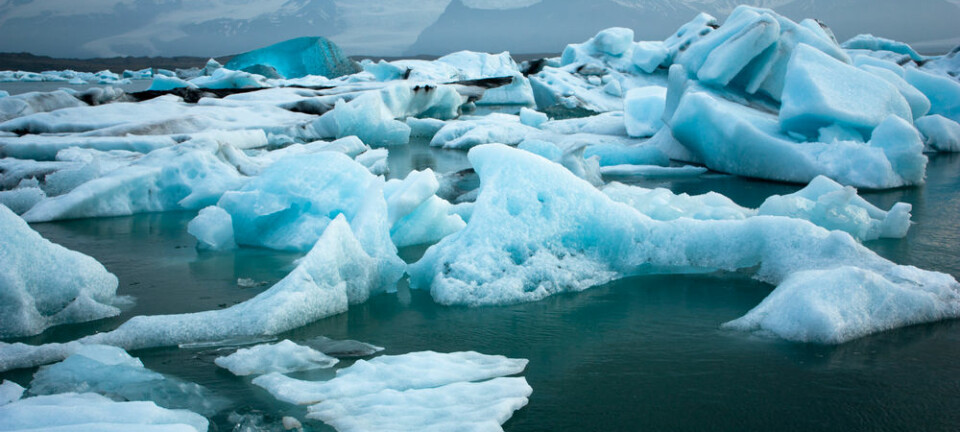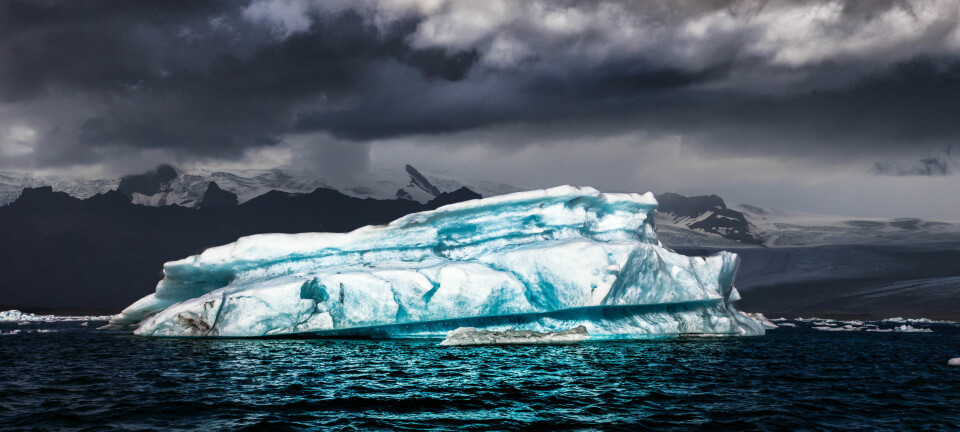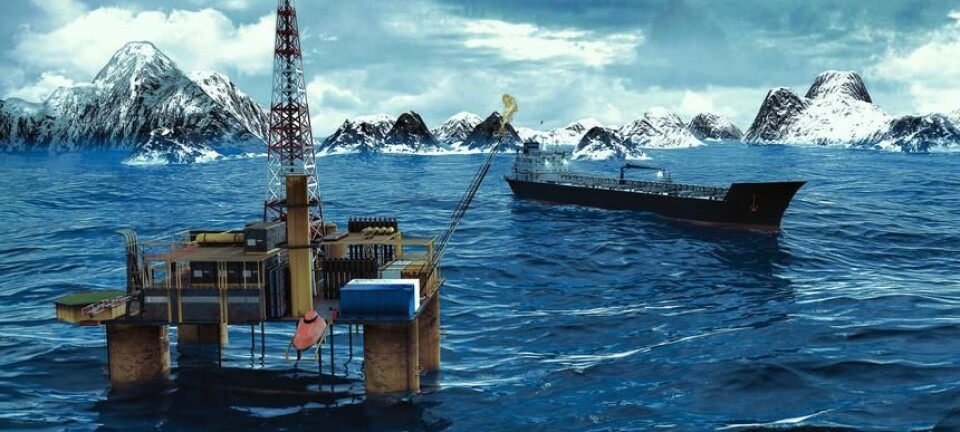
Arctic plants help cool the planet
GREENLAND: Global warming is making Arctic plants release compounds that might help cool the planet. But don’t expect it to outpace global warming.
As the planet warms, scientists expect to see big ecological changes in the Arctic--and some of these changes may actually help slow down global warming.
Scientists have discovered that global warming is causing plants in the Arctic to emit far more of a group of compounds--so-called biogenic volatile organic compounds or BVOCs--which help produce clouds and rain that cool down the planet.
“The Arctic [climate] is undergoing the fastest and most pronounced warming, and the large increase in BVOCs that we see here--if these emissions continue to increase in the future--could bring down the temperature increase in the Arctic by a little bit,” says co-author Riikka Rinnan, associate professor at the Department of Biology and Center for Permafrost, University of Copenhagen, Denmark.

“But it won’t counteract global warming,” she says.
The new results are published in the journal Nature Geoscience.
Warming increases BVOC emissions by 260 per cent
The new results challenge the assumption that Artic tundra is not a major source of BVOCs. It was thought to be too cold, with too little plant life and a short growing season, says Rinnan.
But temperatures in the Arctic have risen much faster than the global average, so Rinnan and her team wanted to see what effect these environmental changes might have on the amount of BVOCs emitted by Arctic tundra in the future.
The scientists experimented with small plots of soil and plants in southwest Greenland, covered in miniature open-top greenhouses to control conditions. One plot was warmed by three degrees centigrade--a conservative estimate of global warming projected by the end of this century--and another was shaded to mimic increased cloud cover, which is expected with climate change.
Rinnan and her team measured the amount of BVOCs emitted from each plot as a whole and each individual plant species, and compared this with control sites, which were not warmed.
Surprisingly, the warmed plots emitted 260 per cent more BVOCs than the control sites.
“It’s not a big surprise that temperature increases the release of BVOCs. But what’s really striking here is the extreme temperature sensitivity. It’s much larger than for any other biological process,” says Rinnan.
Colleagues: Important results in a young research field
Associate Professor Thomas Friborg from the Department of Geography and Geology, University of Copenhagen, studies how ecosystems respond to climate change. He was not involved in the new study, but is impressed with the results.
“What’s most interesting here is that they find a very strong temperature response in these high arctic environments, and that hasn’t been shown to this extent [before],” says Friborg.
“Even though the actual amount of emissions might be relatively low in comparison with a tropical forest, the temperature response here is [still] very strong,” he says.
Thomas Holst from the Department of Physical Geography and Ecosystems Science, Lund University, Sweden, agrees. Holst also studies BVOCs emissions from ecosystems in the northern hemisphere, where he has also observed high rates. He’s excited about the new results, describing them as “very important” and says “we need more of these experiments.”
“BVOCs are a relatively new research field,” says Holst. “While I would expect this relationship, the scale of it is really surprising. Global models [of BVOC emissions] used to say that the arctic sites are not important. But if you actually go there and measure them, then you really see the opposite.”
The effect on global climate is still relatively uncertain
It is difficult to say exactly how much these BVOCs could actually cool the climate in the Arctic or even globally, says Holst, but both he, Rinnan, and Friborg agree that these higher emission rates will not be enough to counteract global warming.
“There’s many problems in putting a number on it. This is an important paper to give a really solid result that we could work with in the future. But we need to know more before we fully understand the important role of BVOCs in the climate system,” says Holst.
Pauli Paasonen, from the Department of Physics, University of Helsinki, Finland, studies the climatic effects of aerosols in the atmosphere and the effects of BVOCs. His research suggests that even where local BVOC emissions are high, they may still have only a small impact on the global climate system compared to the general trends of climate change.
He also points out that many different compounds are labelled as BVOCs and we do not yet understand exactly how each of them behaves in the atmosphere.
“It’s a complicated puzzle. Certainly this study can help others to assess the effects in more detail. But in terms of what the global climate feedback will be, well it might have an effect, but I wouldn’t be sure in which direction—whether warming or cooling,” says Paasonen.










